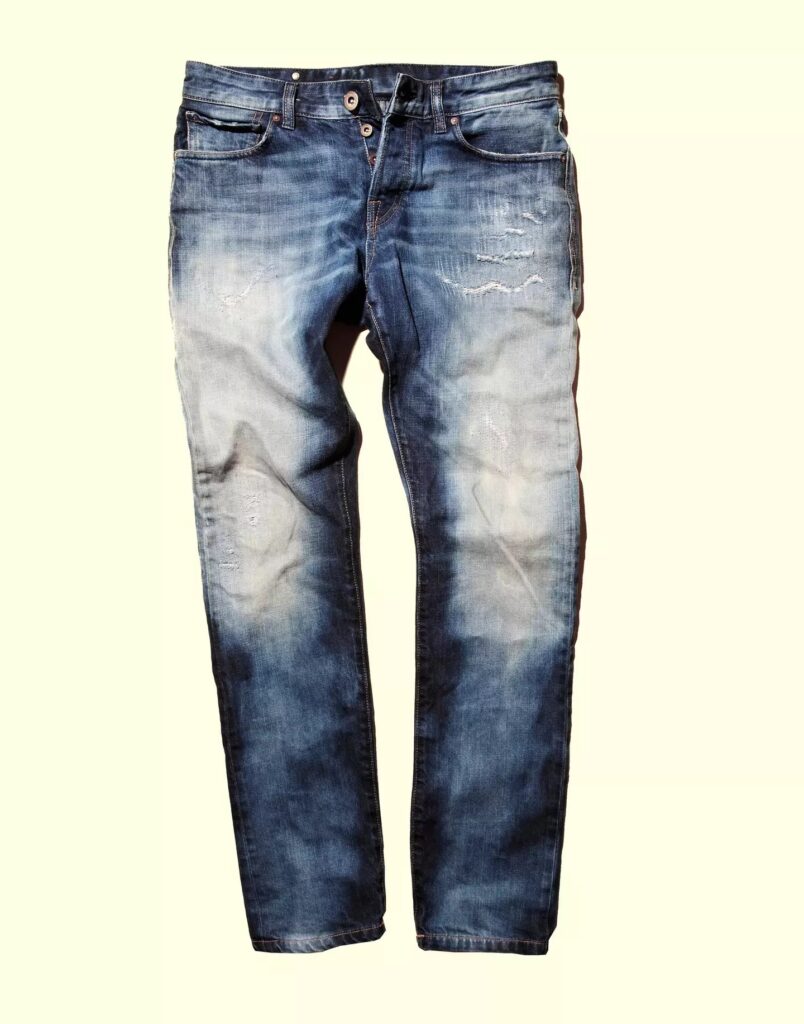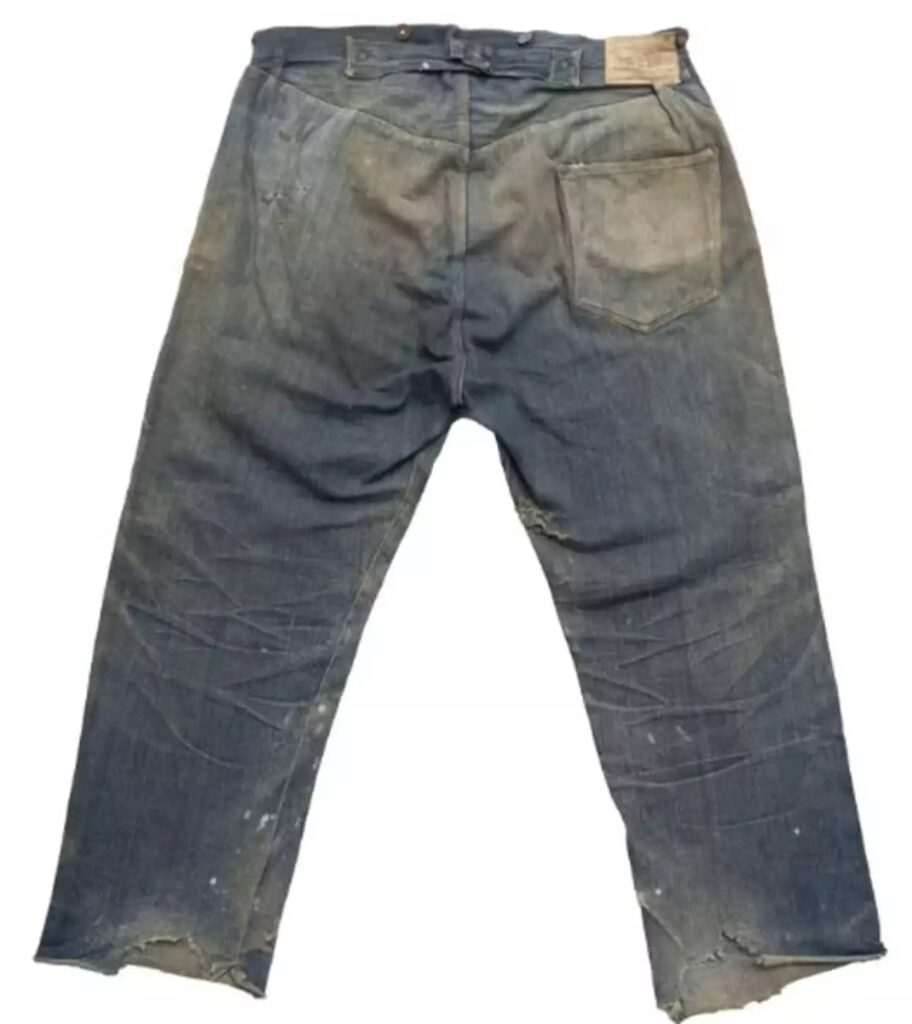Ever wondered why Levi’s jeans have metal studs? Though they might seem purely decorative, these rivets serve a practical function. Levi Strauss & Co. patented them in 1873, and they’ve since become an iconic feature of the brand.
A Reddit user recently asked about their purpose, wondering if they were just for looks. Some joked that the studs were meant to “punish you for taking laundry out too soon” or to “scratch phone screens when pocketed carelessly.” While amusing, these guesses aren’t accurate.

The real reason dates back to when jeans were primarily used as workwear. Before fast fashion, durability was key, especially for labor-intensive jobs. Workers, like miners, found that their jeans often frayed at the pockets, where stitching could weaken. The rivets were added to reinforce these stress points and prevent tearing. Although jeans are no longer just for labor, the rivets remain as a signature design element.
Additionally, jeans have a small inner pocket within the larger one, originally intended for holding a pocket watch, a common accessory before wristwatches.

The durability of Levi’s jeans is well-documented, as shown by a pair from the 1880s found in an abandoned mine, still in wearable condition. These jeans sold at auction for $87,000. They were dated based on a label reading “the only kind made by white labor,” referencing the 1882 Chinese Exclusion Act, which banned Chinese labor in the U.S. This slogan was dropped in the 1890s, marking the era of the jeans and pointing to a troubling chapter in American history.
